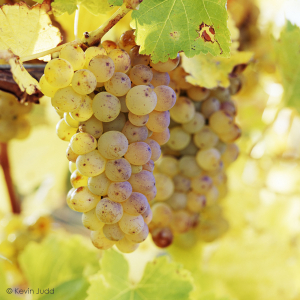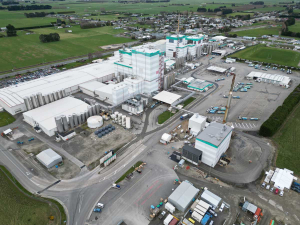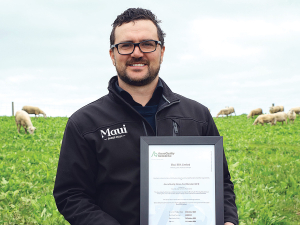2018 has tied for the second hottest year on record, according to NIWA's annual climate summary released today.
Boosted by last summer's marine heatwave in the Tasman Sea, 2018 kicked off with January being the hottest month on record, and another five months were above average temperature.
Based on NIWA's seven-station series, which began in 1909, 2016 remains the hottest year on record with 1998 and 2018 tied in second place. Last year also marked a new record for the warmest minimum temperatures, previously held by 2016.
In comments to the NZ Science Media Centre Dr Jim Salinger, University Associate, University of Tasmania, Australia says NIWA's climate summary confirms that we are experiencing the warmest group of years in our recorded climate history in the 2010s.
“This together with a similar situation with the most above average group of years for sea surface temperatures around New Zealand shows that global heating is having its influence in this very oceanic region,” says Salinger, a prominent NZ climate scientist.
“That's why it sizzled at night with average minimum temperatures the warmest on record. And our reliable surface temperature records go back over 150 years to 1867.
"For example, last summer's heatwave was unprecedented and covered an area the size of the Indian subcontinent - 4 million square kilometres. The largest ice melt from our Southern Alps glaciers occurred in the last 57 years when 3.8 cubic kilometres, or 9% of permanent snow, went down our rivers. This brought the total down to 37.5 cubic kilometres, compared with 60 cubic kilometres in 1962, a 38% reduction.
"Very early Sauvignon Blanc wine-grape maturation in Marlborough, and major species disruption occurred in our marine ecosystems. Snapper were caught in Fiordland.
"This group of very warm years mimics what is happening with global heating where surface temperatures for planet Earth for the last four years (2015, 2016, 2017 and 2018) have been also the warmest on record. And there is more heat to come.”











